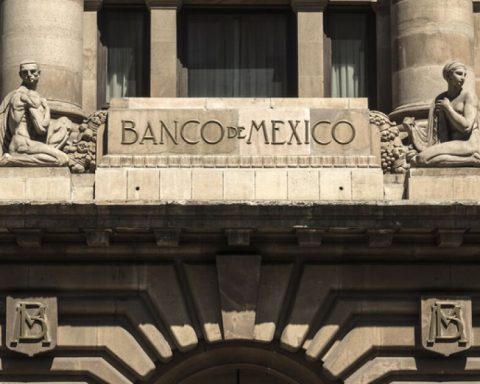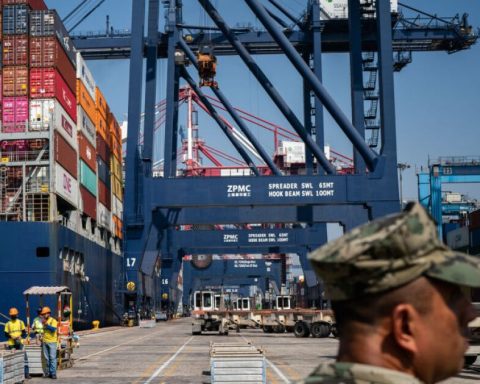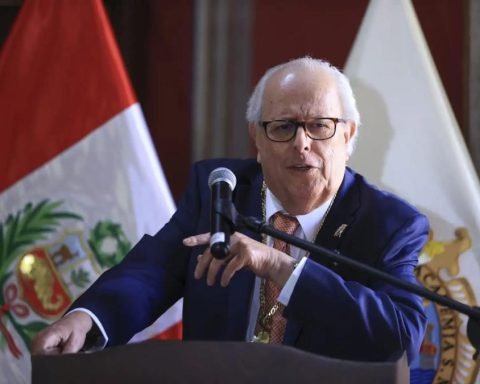Are we facing sensationalist journalism or a government determined to cover up its ineffectiveness? An article from the New York Times (NYT) – published on December 29, about an alleged visit to a clandestine fentanyl laboratory in Culiacán – has ignited tensions between this prestigious media and the Mexican government. The NYT presents an almost cinematic scenario: “chefs” who, armed with surgical masks, seem immune to a drug that kills just by touching it. For their part, the Navy and Cofepris disqualify history and demand scientific evidence to support such claims.
This clash illustrates the eternal conflict between the media’s need for shocking headlines and the official strategy of minimizing failures in its fight against drugs. According to the NYT, the Sinaloa Cartel relocated its laboratory after a military raid, as if packing up and moving a highly toxic site were as simple as moving an office. At the same time, it describes a frenetic pace of production in conditions that border on the absurd. Is this the harsh reality of drug trafficking or a script designed to fuel global morbidity? Meanwhile, government officials, including President Claudia Sheinbaum, point out that the report fails to mention key precursors and reject the idea that cooks have developed a tolerance to fentanyl. Is this a government strategy to disguise its ineffectiveness, or a NYT willing to sacrifice accuracy in search of a larger audience?
Authorities emphasize that the extreme toxicity of fentanyl makes it impossible to handle it without specialized equipment. Even if we assume that criminals are reckless, the supposed tolerance has no scientific basis. Furthermore, they point out that moving a laboratory in record time contradicts the usual criminal logic. Are we facing an error by the NYT or a tactic to divert the attention of a government incapable of controlling the problem? More importantly, who really benefits from the confusion?
The government admits that illicit fentanyl production persists and affects both Mexico and the United States. However, he questions the NYT’s approach in narrating this reality. Although trafficking in Sinaloa has not stopped, authorities highlight that legal reforms and inter-institutional coordination have complicated criminal operations. But is this enough to reverse the devastating impact of this drug or are these measures just a slight obstacle in a monumental crisis?
The confrontation between the NYT and the Mexican government exposes an uncomfortable truth: the narrative around fentanyl needs more than transparency and rigor, it demands tangible results. Without solid evidence and forceful actions, information chaos not only becomes an ally of drug trafficking, but also strengthens the credibility of versions and misinformation on social networks. Every omission, exaggeration or lie puts lives at risk and erodes public trust in institutions and journalism. If this crisis is not taken with the seriousness it deserves, fentanyl will not only continue to kill people, but also the future of a society that is sinking in its inability to face the truth.

















